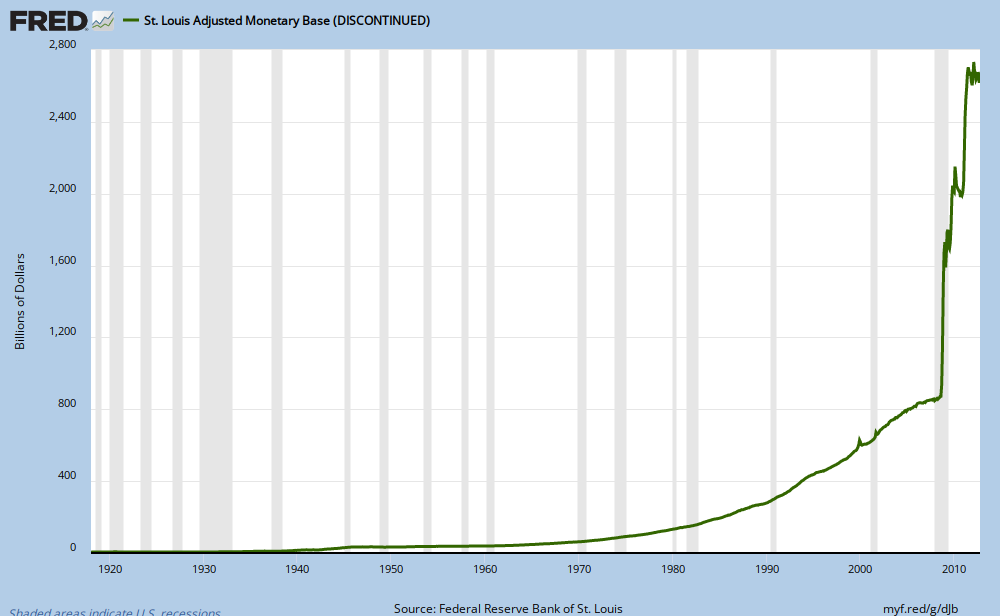JustaSCOUNDREL
Literotica Guru
- Joined
- Aug 16, 2010
- Posts
- 1,750
Becuse fuckwaffle was incorrect. Any child born to a U.S. citizen (father or mother) outside the U.S. is eligible for citizenship if applied for by U.S. citizen parent.
In McCain's case he was born to U.S. citizens while stationed outside of the U.S. while serving in the military automatic citizenship is given just as though the child was born in Kansas.. A slightly different thing but, essentially the same as I first stated.
In the 2008 election when Obama's citizenship was questioned the same thing was brought up about McCain but was quickly shot down.
I'm not an expert on those things but I do have some knowledge.
Mike
In McCain's case he was born to U.S. citizens while stationed outside of the U.S. while serving in the military automatic citizenship is given just as though the child was born in Kansas.. A slightly different thing but, essentially the same as I first stated.
In the 2008 election when Obama's citizenship was questioned the same thing was brought up about McCain but was quickly shot down.
I'm not an expert on those things but I do have some knowledge.
Mike
